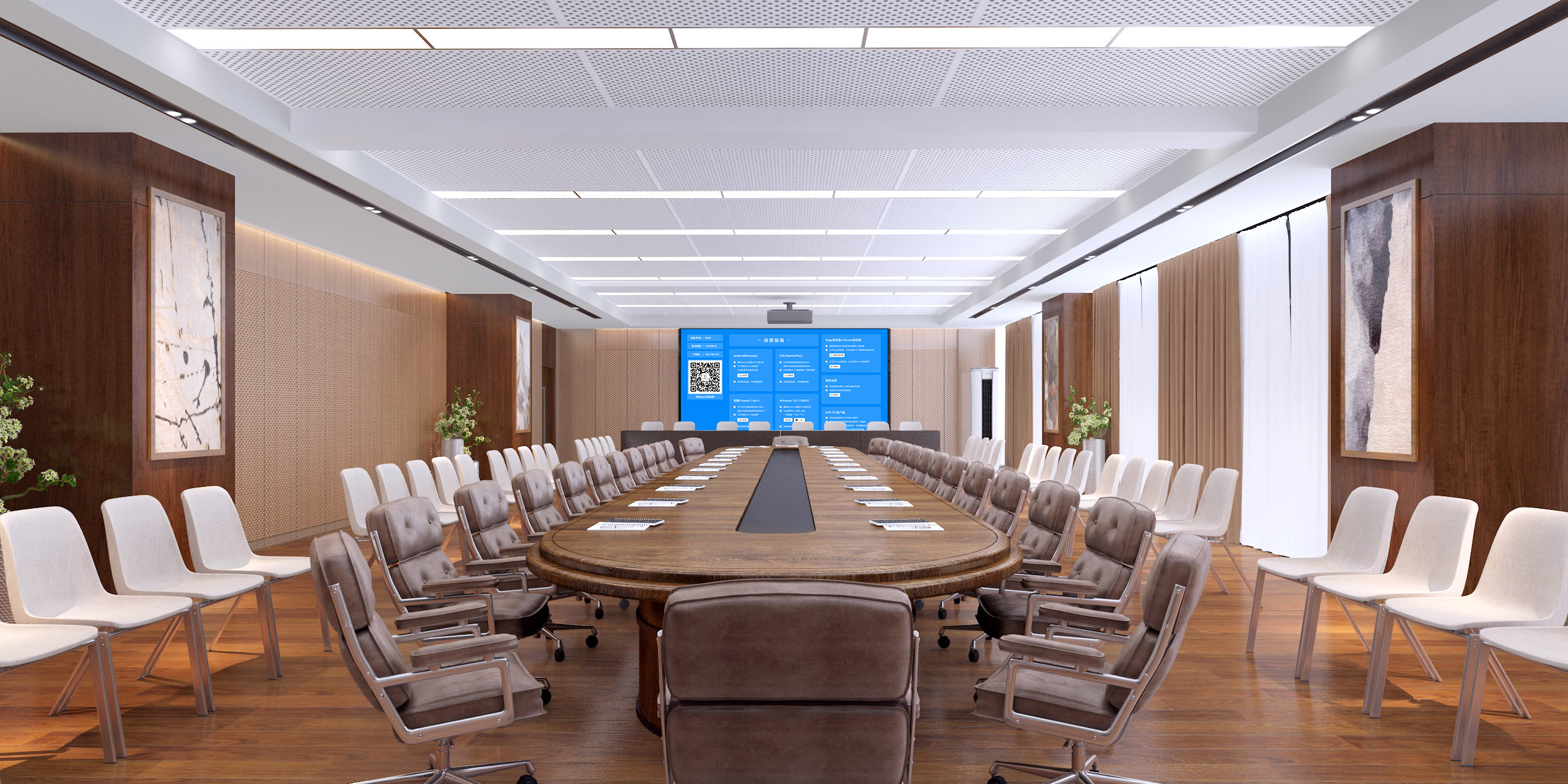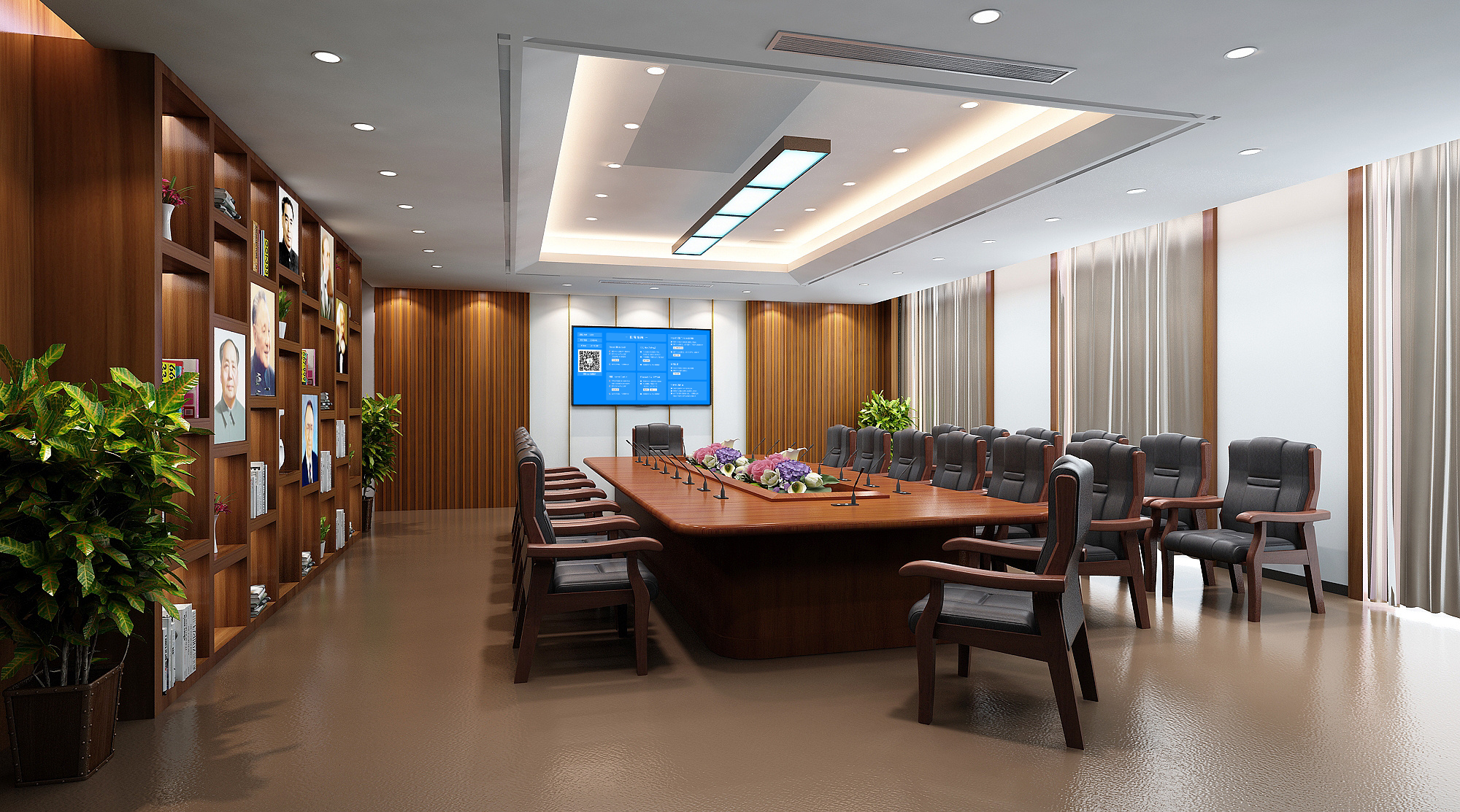All About Meeting Screen Mirroring: Make Communication More Efficient
In today’s fast-paced work environment, efficient meetings are crucial for team collaboration and business advancement. As a key meeting support technology, meeting screen mirroring is playing an increasingly important role. It not only displays meeting content clearly on large screens, allowing every participant to view it easily, but also significantly improves meeting efficiency and communication effectiveness.
The Importance of Meeting Screen Mirroring
Meeting screen mirroring breaks the limitations of information transmission in traditional meetings. In the past, meeting materials were often limited to paper documents or small-screen displays, making it difficult for participants sitting at the back to see the content clearly—leading to incomplete information reception. With meeting screen mirroring, no matter which corner of the conference room you sit in, you can clearly view materials like PPTs, documents, and videos on the large screen. This ensures everyone acquires meeting information simultaneously, avoiding misunderstandings and communication barriers caused by information asymmetry.
Through mirroring, presenters can display content more freely without being tied to cables. During explanations, they can switch pages, highlight key points at any time, and interact with participants more naturally and smoothly. When discussing a project plan, presenters can directly circle key data on the mirrored PPT or write down new ideas using annotation functions. This makes discussions more intuitive and efficient, stimulates brainstorming among team members, and accelerates accurate decision-making.
Common Meeting Screen Mirroring Methods
Wired Mirroring
Wired mirroring is a traditional yet stable method, with HDMI mirroring being the most common:
- Use an HDMI cable to connect a computer (or a mobile phone via an adapter) to a large-screen device (e.g., projector, TV).
- After connection, turn on the large-screen device and switch to the corresponding HDMI input source.
- The computer usually recognizes the large-screen device automatically; if not, manually adjust the settings in the display menu.
Advantages: Supports high-definition image transmission and audio-video synchronization, suitable for scenarios requiring high image quality and stability (e.g., product launches, important project reports).Limitations: Relies on cables, restricting device mobility. Damaged cables or mismatched interfaces may cause mirroring failure.
VGA Mirroring
VGA mirroring is another type of wired mirroring, suitable for older devices:
- Use a VGA cable to connect the computer to the large-screen device. Since VGA only transmits video signals, an additional audio cable (e.g., 3.5mm audio cable) is needed to connect the computer’s audio output port to the large-screen device’s audio input port.
- Turn on the large-screen device, switch to the corresponding VGA input source, and adjust the resolution and display mode in the computer’s display settings.
Advantages: Strong compatibility, enabling connections to many old devices.Limitations: Transmits only video (no audio) and offers relatively low image quality.
Wireless Mirroring
With the development of wireless network technology, wireless mirroring has become a mainstream method due to its convenience.
Wi-Fi Mirroring
This method requires the computer and large-screen device to be connected to the same Wi-Fi network, then uses wireless mirroring protocols (e.g., Miracast for Android/Windows, AirPlay for Apple devices, Chromecast for Google-related devices) for connection:
- Windows computers: Press
Win + Kand select the large-screen device. - Mac computers: Click “Screen Mirroring” in the menu bar and select the large-screen device.
- Mobile phones/tablets: Use built-in mirroring functions (e.g., “Wireless Projection” for Android, “Screen Mirroring” for iOS).
Advantages: Eliminates cable constraints, allowing presenters to move freely in the conference room and display content anytime—greatly improving presentation flexibility.Limitations: Stability depends on the network environment. Poor signal or insufficient bandwidth may cause lag, latency, or even disconnection.
Wireless Mirroring Devices
Wireless mirroring devices (e.g., Bije Cast) are key tools for wireless mirroring:
- Connect the device to the HDMI port of the large-screen device.
- Connect a computer or mobile phone to the mirroring device via Wi-Fi or QR code to start mirroring.
Advantages: Strong compatibility, simple operation, no complex network settings required. Works even without a Wi-Fi environment, suitable for various conference rooms.Limitations: Requires additional purchase of the mirroring device.
Meeting Software Built-in Mirroring
Many meeting software (e.g., Zoom, Teams, Tencent Meeting) have built-in mirroring functions:
- During a meeting, select “Share Screen” or “Cast” in the software.
- Choose the large-screen device to complete mirroring.
Advantages: Ideal for remote meetings, enabling easy screen sharing with remote participants for real-time interaction.Limitations: Mirroring effect and functions may be restricted by the software itself.

Tips to Improve Mirroring Stability and Smoothness
Optimize the Network Environment
- Prioritize the 5GHz Wi-Fi band: Compared to 2.4GHz, 5GHz offers higher bandwidth and less interference, providing a more stable transmission environment—especially for high-definition video and real-time presentations.
- Use a wired connection for the TV (if possible): Connect the TV directly to the router with an Ethernet cable. Wired connections are far more stable than wireless, effectively avoiding lag caused by wireless signal fluctuations.
- Reduce network load: Close high-bandwidth background apps (e.g., downloads, video calls) on mobile phones and TVs. Avoid too many devices connecting to the same Wi-Fi to prevent bandwidth congestion.
Enhance Device Performance
- Regularly clear TV cache: Long-term use accumulates cache garbage on TVs, which occupies system resources and affects mirroring smoothness. Use tools like Dangbei Assistant to clear the cache and free up memory.
- Close unnecessary background processes: Shut down non-essential background programs on TVs and mobile phones to ensure devices focus resources on mirroring-related tasks.
- Use an external TV box for old TVs: Older TVs have limited decoding capabilities and may not play high-definition mirrored content smoothly. An external TV box with strong hardware performance can better process mirroring data, support 4K mirroring, and reduce the load on the original TV—resulting in clearer, smoother images.
Key Takeaways for Meeting Screen Mirroring
- Device Compatibility: First, ensure computers, mobile phones, and large-screen devices support the same connection method. For example, Apple’s AirPlay protocol differs from Android’s common Miracast protocol. If the large-screen device does not support AirPlay, Apple devices cannot mirror directly—requiring third-party software or converters.
- Image Quality Requirements: Choose the mirroring method based on image quality needs. For high-quality scenarios (e.g., displaying high-definition images/videos, professional design presentations), opt for HDMI wired connections or high-performance wireless mirroring devices. HDMI offers zero-latency high definition, while high-quality wireless devices can achieve near-wired performance in stable networks.
- Network Stability: For wireless mirroring, fully assess the network status beforehand. Unstable networks may cause delayed, laggy, or interrupted images, seriously affecting meetings. Test network speed and signal strength; if issues arise, take measures like adjusting the router position or switching frequency bands.
- Audio Transmission: If the meeting includes audio, select a connection method that supports audio transmission. For example, HDMI transmits both high-definition video and synchronized audio. For VGA (video-only) connections, an additional audio cable is required for audio output.
Meeting screen mirroring is a key tool to improve meeting efficiency and communication. By understanding common mirroring methods, mastering tips to enhance stability and smoothness, and paying attention to key points during mirroring, we can fully leverage its advantages to make meetings more efficient and smooth—providing strong support for team collaboration and business development.
